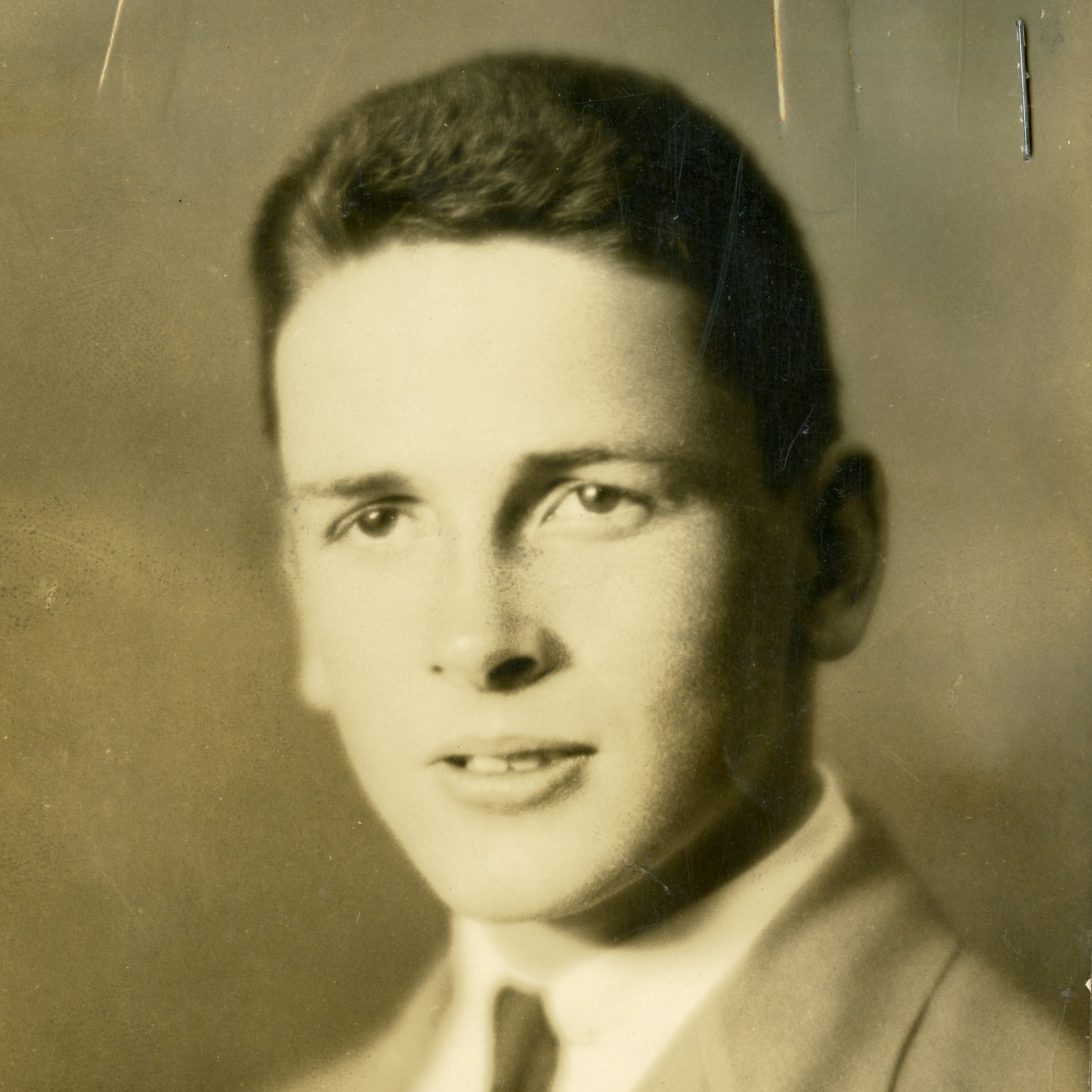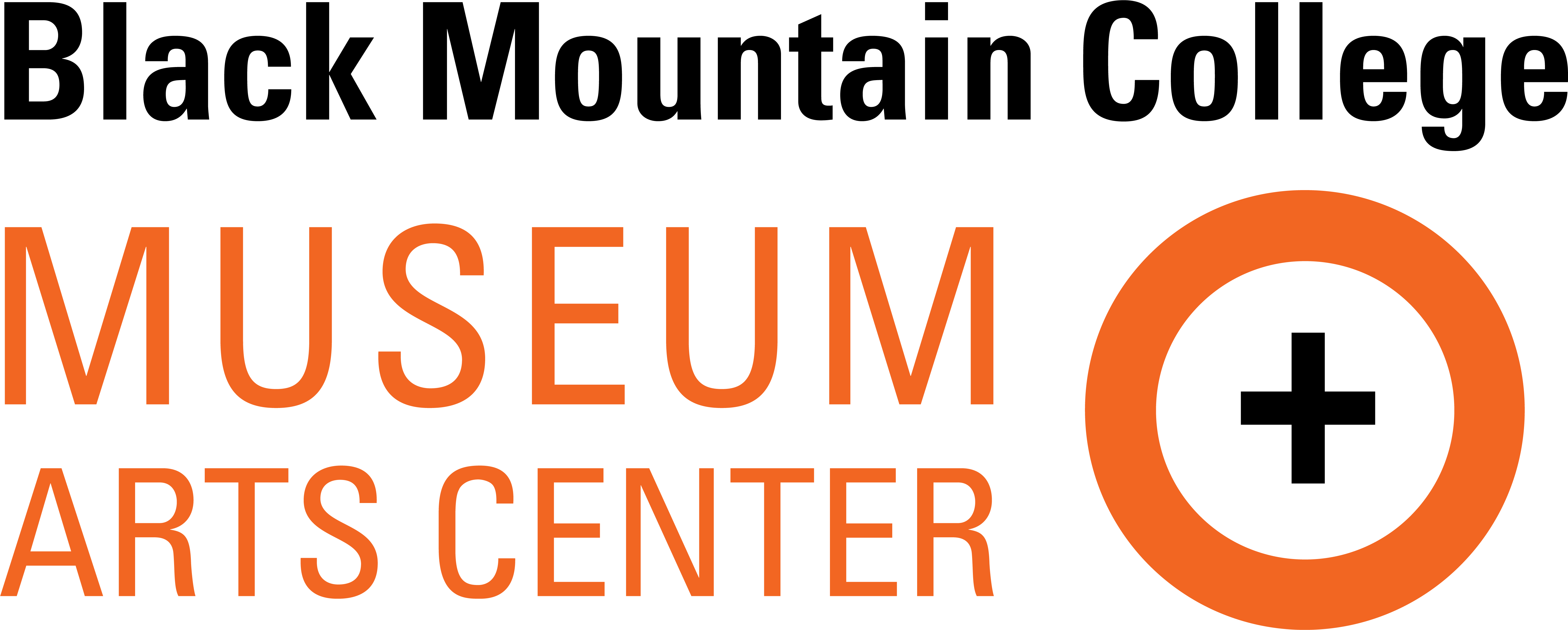Alexander "Alex" Eliot

Photograph included with student application. Courtesy of Western Regional Archives
Crop of book cover from "Sight and Sound," by Alexander Eliot.
FOCUS
Art/ Design/ Craft
ROLE
Student
ATTENDANCE
1936 - 1938
BIRTH
1919-04-28
Cambridge, MA
DEATH
2015-04-23
Alexander Eliot was a student at the college from 1936 to 1938.
Early Life
Although Harvard was a tradition in the Eliot family, Alexander Eliot’s great-grandfather Charles W. Eliot had been president – Alex Eliot decided to take a different course. He heard about Black Mountain from his uncle Thomas Hopkinson Eliot and decided to apply.
Alex Eliot's father, Samuel Atkins Eliot, a professor at Smith College, had started the Socialist Club when a Harvard student and invited Emma Goldman to speak. When the rebellious son approached him with a preference other than Harvard, his father readily agreed: "I wouldn't want you to attend a university whose President Lowell helped to condemn Sacco and Vanzetti."
Before entering Black Mountain, Eliot had studied art at Loomis Institute in Windsor, Connecticut with Madame Cheruy, "a fine artist who did great wash-drawings of cathedral interiors." She gave him access to an excellent art history library which had been locked away for fear that its many nudes would be "too stimulating for the boys."
At Black Mountain
At Black Mountain, Eliot focused on art with Josef Albers and Stage Studies with Xanti Schawinsky. He took Albers's drawing, color and Werklehre courses, and on Friday evenings Albers gave him private drawing critiques. At the end of the first year when John Rice declined to renew his scholarship, Albers "exerted his influence" and the scholarship was approved.
At the end of his second year at Black Mountain, Eliot left to attend the Boston Museum School where he could receive "academic training." When he informed Albers of his decision, Albers admonished him, "It's all a mistake. You won't learn anything new there at all except cooking."
After Black Mountain
Ignoring Albers's advice, Eliot enrolled at the Museum School. He and his first wife Ann Dick set up a gallery, the Pinckney Street Artists’ Alliance. When it made no money, the Eliots moved to New York where Alex Eliot joined the Associated American Artists Gallery and then worked for the March of Time Newsreel.
During World War II, Eliot worked for the Office of War Information. After the war Eliot became art editor (1945-60) at Time. The success of his book Three Hundred Years of American Painting (1957) plus a Guggenheim Fellowship for "Studies of Greece and the Middle East as Spiritual Cradles of the Western World" enabled him and his second wife Jane Winslow Eliot to fulfill their wish to rear their children abroad, where they would be exposed to different languages and cultures. His book Sight and Insight (1959) concerned masterpieces of European art.
To prepare for a documentary film The Secret of Michelangelo, a wheeled, sixty-foot tower was constructed in the Sistine Chapel so that Alex and Jane Eliot could spend hundreds of hours studying the ceiling from within touching distance. This was well before its "disastrous" cleaning.
Eliot’s books include besides those mentioned above: Proud Youth (1953), Love Play: A Novel Entertainment (1966), Socrates: The Person and the Portent (1967), Myths (1976), Universal Myths: Heroes, Gods, Tricksters and Others (with contributions by Joseph Campbell and Mircea Eliade) (1990), The Global Myths: Exploring Primitive, Pagan, Sacred and Scientific Mythologies (1993), and The Timeless Myths: How Ancient Legends Influence the World Around Us (1996).
Biography written by Mary Emma Harris for the Black Mountain College Project.
Asheville Art Museum Collection
2017.40.138a-g January 1944 bulletin,
"Alex Eliot writes from New York City: “At present I am writing and directing propaganda shorts for overseas distribution by the O.W.I.. Have applied for a commission in the Navy. My application has been approved and it looks as though it may well go through. I have not seen many of the former BMC people. Harry Winter married my sister-in-law, lives nearby. And is now Export Manager of Pepsi-Cola….Katz, Gair and Steinau I’ve glimpsed on their appointed rounds. I’d like to get in touch with Dick Andrews. Do you know his address?”
Black Mountain College Project
Mary Emma Harris interviewed Alexander in 1998 and the transcript is available from Appalachian State University under The Mary Emma Harris and Black Mountain College Project, Inc. Oral History collection.
Topics: Hearing about BMC and family background at Harvard – travel to BMC – segregation in BMC area – pre-BMC art studies – Josef Albers classes – other BMC art students – Xanti Schawinskyperformances – weekly critiques with Josef Albers – Rice-Albers conflicts -- Roy’s Roadhouse – mealtimes at BMC – visit by Aldous Huxley and Gerald Heard – Merce Cunningham visit – Dick Porter suicide – BMC as environment – post-BMC study and professional life – personal philosophy – BMC work program – study of Sistine Chapel for film
Courses Taken
Fall 1936: Drawing I (Albers and Schawinsky), Color (Albers and Schawinsky),Current World Affairs (Portell-Vilá), Advanced French (Mangold), Dramatics I(Wunsch), Plato I (Rice), Plato II (Rice), Form in Literature (Mangold)
Spring 1937: Advanced French (Mangold),Drawing I (Albers), Plato II (Rice),Current World Affairs (Portell-Vilá), Color II (Schawinsky)
Fall 1937: Color I (Albers), Drawing II (Albers), Dramatics II (Wunsch), StageStudies (Schawinsky), Writing Seminar (Rice), 19th-century French Literature(Mangold), Werklehre [Handicrafts] (Albers)
Spring 1938:Drawing II (Albers), Color I (Albers), Werklehre [Handicrafts](Albers), Seminar in Flaubert (Mangold), Stage Studies (Schawinsky), DramaticsII (Wunsch)


